
Lisa Godson
Programme Leader, MA Design History and Material Culture, NCAD. Specialist in the history of architecture, design and material culture, Irish studies and research methodologies.
less
Related Authors
John Barry
Queen's University Belfast
lorenzo bosi
Scuola Normale Superiore
David Seamon
Kansas State University
Paul Rodgers
Lancaster University
Armando Marques-Guedes
UNL - New University of Lisbon
Florin Curta
University of Florida
Óscar Recio Morales
Universidad Complutense de Madrid
Michael Shanks
Stanford University
Rodney Harrison
University College London
Clare Downham
University of Liverpool
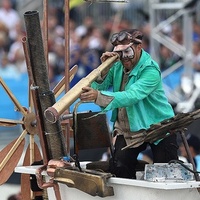
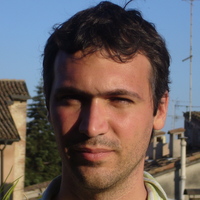

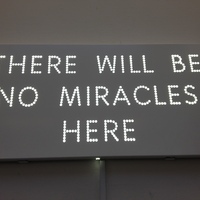



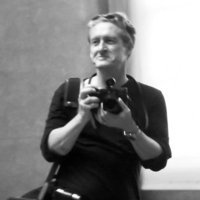

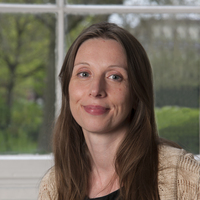
Uploads
Papers by Lisa Godson